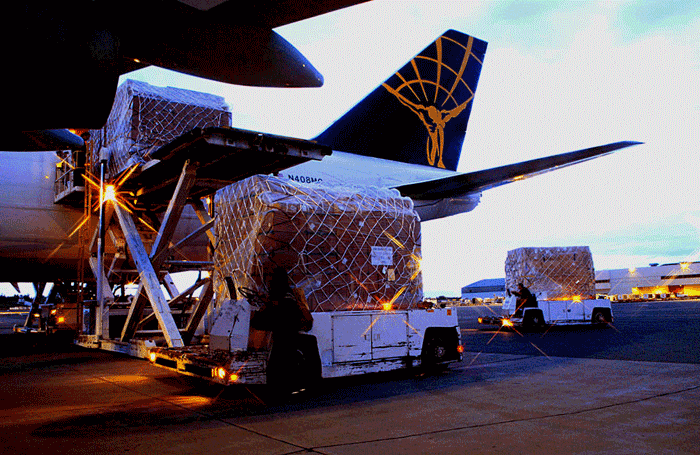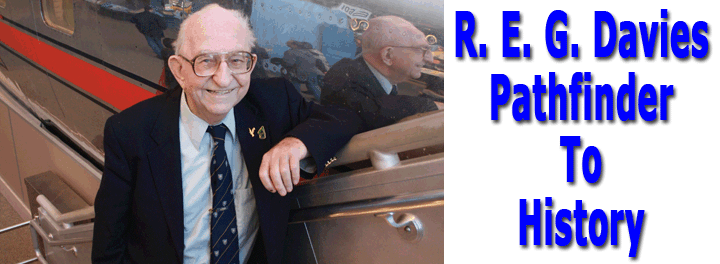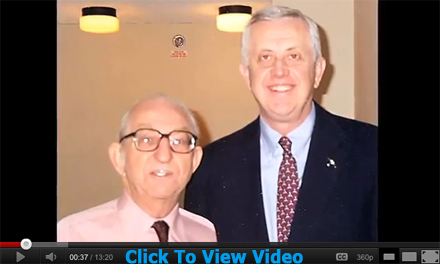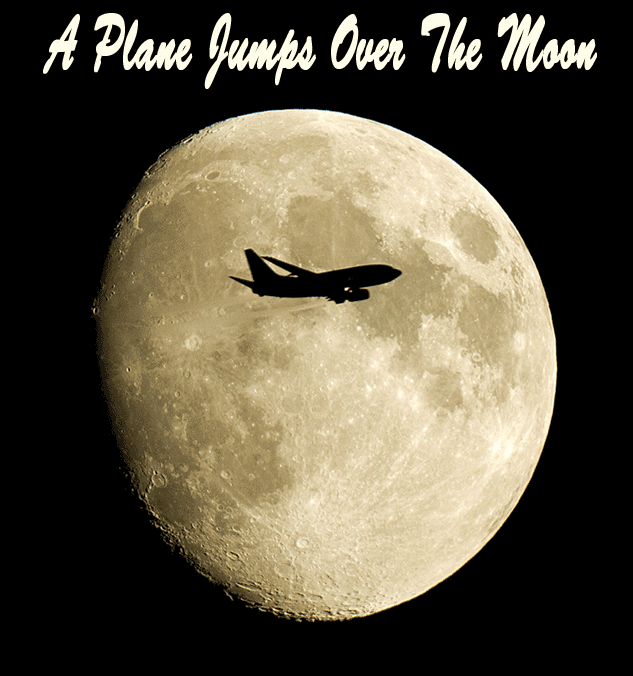|
|
“Atlas
Revenue Hit as
Economy Converges
With Troop Cuts”
writes Bloomberg
News. The
report states
Atlas Air has
had trouble signing
private customers
to long-term contracts
while Europe remains
in a recession
and Asian economies
struggle.
|
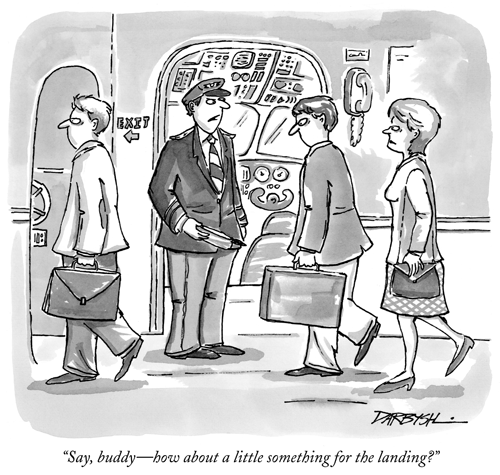 |
Once
again we visit on
video with my good
friend and colleague
for thirty some
years, the great
Ronald Edward George
(REG) Davies. Here,
Ron talks about
some of the memorable
characters he met
during his lengthy
and distinguished
career in aviation.
|
Ron
was packing his
boxes to return
to UK to take care
of his ailing wife
Marjorie.
I
had the feeling
that leaving NASM
was the last thing
he wanted to do,
as he was still
quite robust and
totally engaged
in putting the finishing
touches on his 25th
book for Smithsonian.
But
his love and devotion
for his bride of
60 years held sway.
“Marjorie
is my love throughout
every experience
of my life.
“It’s
time to get home
and look after her,”
he said quietly.
It
was during that
conversation that
he gave me an entire
personal collection
of his most favorite
books, some 450
in all.
Ron’s
last words to me
were naturally about
what he thought
was going to happen
in future commercial
transport.
“The
wide-body ‘jumbo’
jets were twice
as big as the Boeing
707 and Douglas
DC-8.
“The
same general principal
still applies, even
though the 500-seat
A380 is only half
as big again as
the Boeing 747.
“Five
airlines are currently
operating more than
40 A380s, and this
will rise to close
to 100 by the end
of 2012.
“By
any criterion, this
is the beginning
of a new generation.
“The
Boeing 787 will
be a good replacement
for the Boeing 767
or the Airbus A330,
and good for domestic
routes, but it will
not be a major element
globally.
“Statistics
show that 75 percent
of the world’s
international traffic
is served by only
25 major airports.
“This
is the market for
the next generation.
“The
A380 will meet the
traffic demand for
this 75 percent,
and it has no competitor
in the same class.
“The
787 Dreamliner will
be left to cope
with the remaining
25 percent.
“Today,
airliners remain
in service for 30
years or more.
“The
half-life of the
A380 will be at
around the year
2020.
“Already,
a French airline
has ordered two
820-seat all-economy
A380s.
“There
is talk of a stretched
A380,” Ron
Davies said.
Just
before he went home
forever Ron spoke
to Air & Space
Magazine about his
career:
“I
have been able to
visit all seven
continents, including
Antarctica, fly
around the world,
and cross the Seven
Seas many times.
“Through
airline contacts
I interviewed pioneers
and leaders of the
airline industry
worldwide.
“I
sank many a beer
with chairmen of
the U.S. local service
industry, sipped
cappuccinos with
the great Ruben
Berta in Brazil,
and–possibly
my most treasured
memory – was
invited to take
tea with India’s
legendary J.R.D.
Tata in his suite
at the Ashoka Hotel
in Delhi in the
early 1970s.”
REG
Davies was educated
at Shaftesbury Grammar
School. He started
work in London in
1938 and was in
the British Army
as a territorial
volunteer from 1939
to 1946.
He
spent a year in
Iceland, training
for mountain and
Arctic warfare,
and drove his machine-gun
carrier on to the
beaches of Normandy
in 1944.
After
WW II, Ron worked
for the Ministry
of Civil Aviation,
British European
Airways, the Bristol
Aeroplane Company
and de Havilland
before moving to
the United States
in 1968 to lead
market research
for Douglas Aircraft.
As
mentioned earlier
he joined the National
Air and Space Museum
as the Charles A.
Lindbergh Chair
in Aerospace History
in 1981 and from
that platform he
changed aviation
history forever.
Davies
was a member of
three British Royal
Societies, the Explorers
Club, and others
in France and Brazil.
He
also delivered the
Wings Club Thirty
Seventh “Sight
Lecture” (Hindsight,
Insight, Foresight)
in 2000.
Worth
noting is that past
Sight Lectures have
been presented by
Igor Sikorsky, Werner
Von Braun, Grover
Loening, CR Smith,
Juan Trippe, Richard
Jackson, Neil Armstrong,Al
Ueltschi, Sanford
McDonnell—the
list goes on.
Ron
Davies’ last
book Airlines
of the Jet Age
(for the Smithsonian
Institution Scholarly
Press) was published
(July 2011).
Ron
Davies was the greatest
and most prolific
aviation historian
that ever lived.
His
work is impeccable,
full of thorough
research and beautiful
presentation.
His
writings are colorful
and rich in detail
and humor.
You
can compare his
books and years
of service in terms
of content to the
way Joe DiMaggio
played baseball,
Winston Churchill
gave a speech or
Elvis sang a song.
Ron’s
1964 book A History
of the World’s
Airlines is simply
the best on the
subject; in importance
and as a touchstone
for the industry,
it mirrors the likes
of Darwin’s
On the Origin of
Species.
It
is a cornerstone
of any aviation
library and such
a work of art that
it gives me the
chills just to think
about it.
|
|
For
those of our readers
who missed these
the first time around,
here again are Part
I and II of a video
interview we conducted
in McLean the last
time I saw Ron.
The
series continues,
so stay tuned.
And
keep ‘em flying,
my dear Ron.
Geoffrey
 |
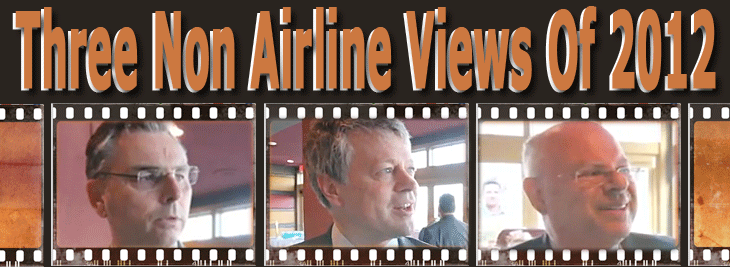
|
A
Boeing 737 was
photographed in
Vancouver, Canada,
just as it passed
in front of the
moon while coming
in to land.
|
Get
On Board Air
Cargo News FlyingTypers |
If
You Missed Any Of
The Previous 3 Issues
Of FlyingTypers
|
|||||
|
|||||
FT122412 |
FT010913 |
||||
|---|---|---|---|---|---|



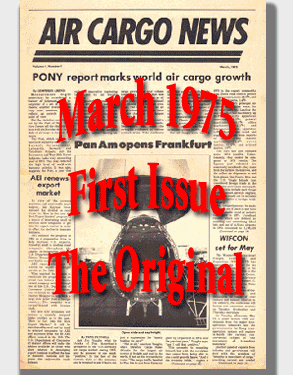


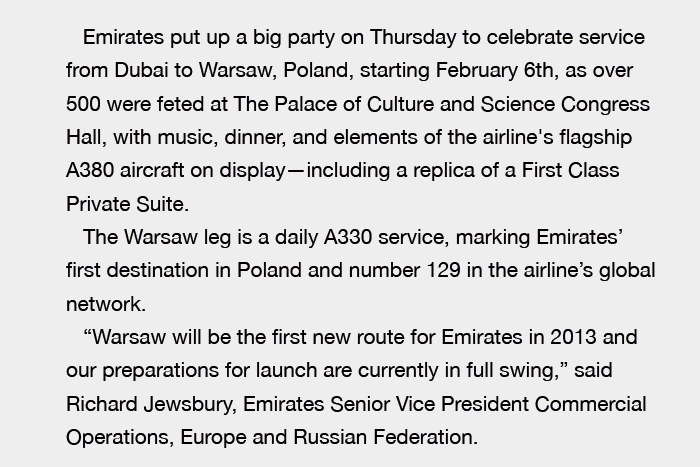

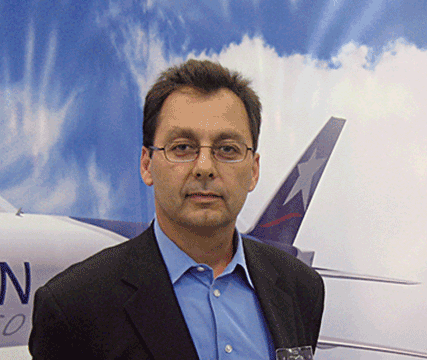 “Cargo
Essence is a productive
sales resource for
LAN Cargo.
“Cargo
Essence is a productive
sales resource for
LAN Cargo. 